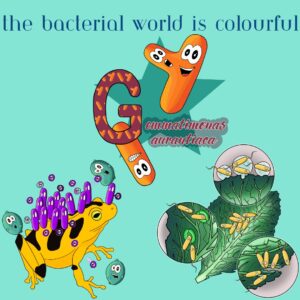
Here you will find some answers and basic facts about bacteria.
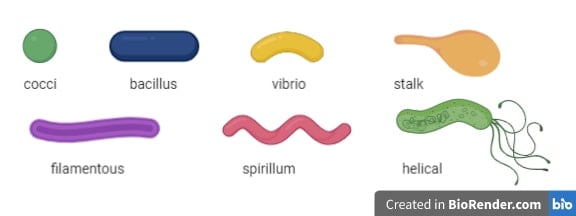
A bacterial cell can have different shapes. They can be perfectly round (cocci), rod (bacillus)- or comma (vibrio)-shaped, in long filaments, spiral or helical.
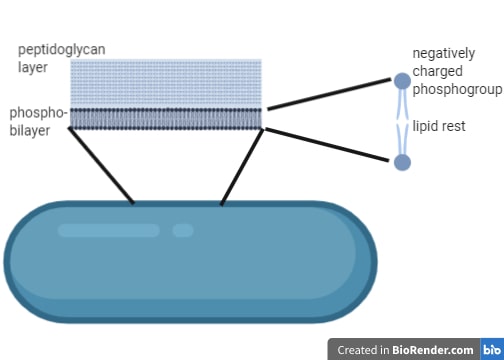
Gram-positive bacteria have an outer cell wall. This consists of a phospholipid-bilayer and a thick layer of peptidoglycan.
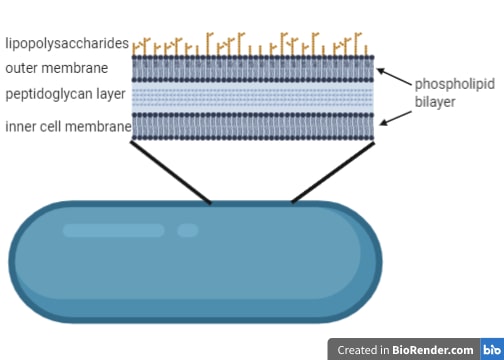
Gram-negative bacteria have an outer membrane and an inner membrane. Between these two membranes is a loose mesh of peptidoglycan.
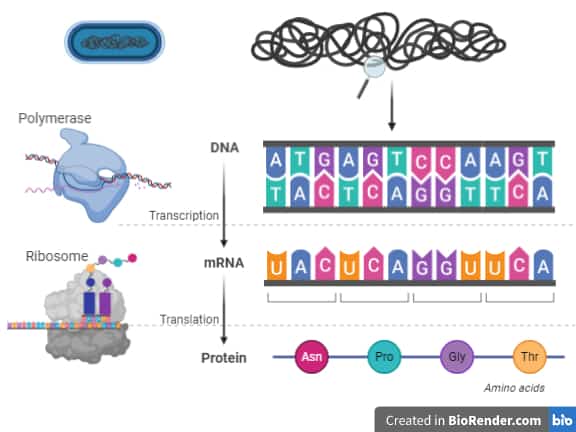
A bacterial cell has a genome which swims within the cell. The polymerase reads specific DNA fragments, which are the genes, and transcribes them into mRNA. The ribosome reads the codons of the mRNA and translates them into specific amino acids. A chain of amino acids makes up a protein.
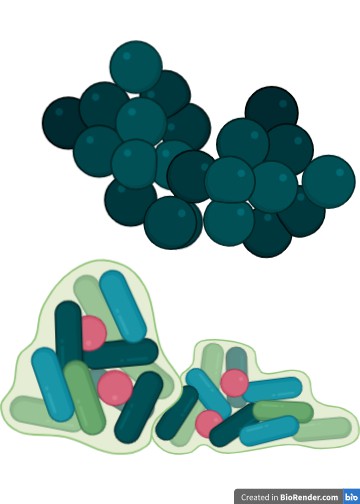
Bacteria grow as single cells that can live together in a community. This community can consist of one or many different species.
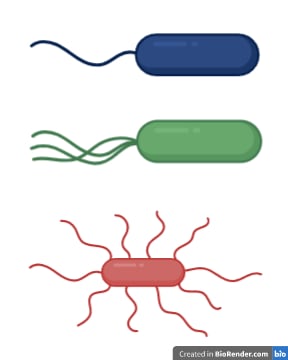
Some have so-called flagella. When the flagellum rotates, it helps the cell to swim.
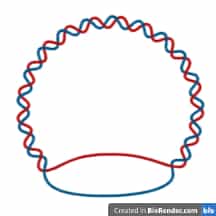
Many bacteria have plasmids, which is circular DNA. These often contain genes for antimicrobial resistance. Bacteria can transport plasmids to other cells.
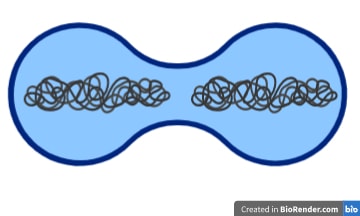
Bacteria grow by cell division. For this, the genome needs to be copied and divided into each daughter cell.
Now with the basics understood, you are ready to tackle the big questions. Start exploring the different categories here.